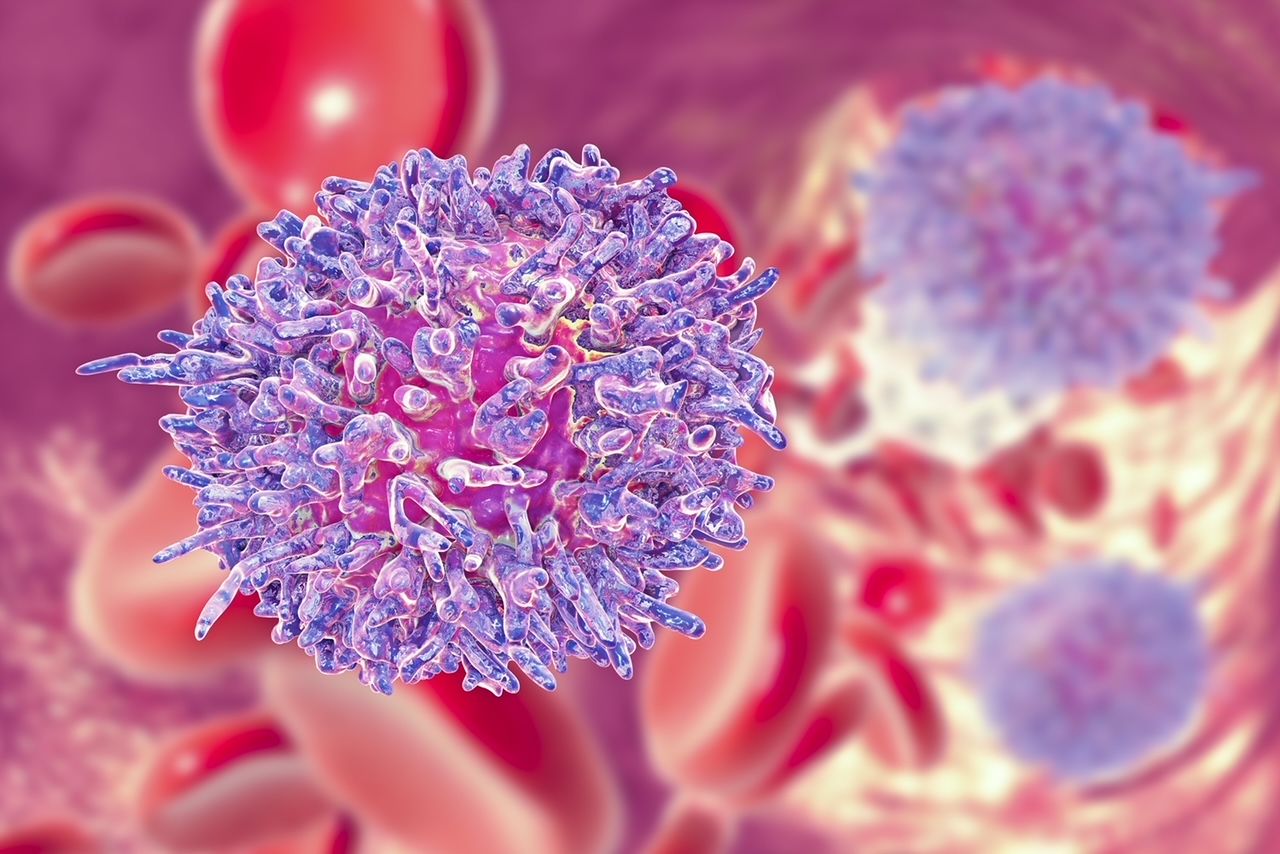Teclistamab, Daratumumab, and Lenalidomide Demonstrates Encouraging Safety in RRMM
Results from the phase 1b MajesTEC-2 trial showed that teclistamab plus daratumumab and lenalidomide demonstrated potential for deep and durable responses in relapsed or refractory multiple myeloma.

Encouraging early clinical activity was demonstrated with the combination of teclistamab (Tecvayli) plus daratumumab (Darzalex), lenalidomide (Revlimid), in patients with relapsed or refractory multiple myeloma, according to a presentation on data from the phase 1b MajesTEC-2 trial (NCT04722146) during the 2022 American Society of Hematology Annual Meeting.1
In terms of the hematologic safety profile of the combination therapy, the most common grade 3/4 hematologic adverse effects (AE) were neutropenia, which occurred among 78.1% of patients, 15.6% had thrombocytopenia, and12.5% had febrile neutropenia. The majority of non-hematologic AEs were low-grade, with any-grade cytokine release syndrome occurring most frequently among 81.3% (n = 26) of patients and lasted on average for 2 days.
The majority of infections among patients during treatment were low-grade. The most common grade 3/4 infections included pneumonia (15.6%) COVID-19 (12.5%), and sepsis (9.4%). Two fatal AEs occurred among patients, including 1 related to COVID-19 77 days following the last treatment dose, and another involving multiorgan failure due to sepsis.
“The safety profile of [the combination regimen] was consistent with what is known about the individual agents, with no new safety signals identified,” Emma Searle, MD, MRCP, FRCPath presenting author of the MajesTEC-2 trial and honorary senior lecturer at the University of Manchester, said.
In the ongoing, multicohort, phase 1b MajesTEC-2 study, patients received teclistamab at 0.72 mg/kg or 1.5 mg/kg subcutaneously once a week, and may transition to 3 mg/kg of teclistamab taken subcutaneously once every 2 weeks starting on the third cycle. Patients also received 1800 mg of subcutaneous daratumumab once every week during cycles 1 to 2, once every 2 weeks during cycles 3 to 6, and once every 4 weeks during cycles 7 and beyond. Lenalidomide was given at 25 mg by mouth daily for 21 days of a 28-day cycle starting with cycle 2. Additionally, 40 mg of dexamethasone was taken by mouth once every week during cycles 2 to 4.
The primary end points of the study included safety regarding AEs, as well as dose-limiting toxicities of teclistamab, daratumumab, and lenalidomide. Important secondary end points included overall response rate (ORR), very good partial responses (VGPRs) or better, complete responses (CRs) or better, duration of response (DOR), and time to response.
Patients with measurable multiple myeloma following 1 to 3 prior lines of therapy, including a proteasome inhibitor and immunomodulatory drug were eligible to enroll in the study.
A total of 32 patients were treated with the triplet regimen in the study; 13 received 0.72 mg/kg of teclistamab, and 19 received 1.5 mg/kg of teclistamab. The median age of patients was 65 years in the 0.72 mg/kg group and 60 years in the 1.5 mg/kg group. According to Searle, over one-third of patients had high-risk cytogenetics defined as having at least 1 of the following aberrations: del17p, t(4;14), or t(14;16). Six patients (46.2%) in the 0.72 mg/kg group and 3 patients (15.8%) in the 1.5 mg/kg group were refractory to lenalidomide. Three patients (23.1%) in the 0.72 mg/kg group and 3 (15.8%) in the 1.5 mg/kg group were refractory to an anti-CD38 antibody.
At a median follow-up of 8.4 months, the ORR was 93.5%. The median time to first response among patients was 1 month, and the median time to CR or better was 3 months.
“At data cutoff, [CR] or better was achieved in over 55% of patients in both dosing groups, and VGPR or better was achieved in 90% [of both dosing groups],” Searle said.
In total, 80.6% of patients remained progression-free and were on treatment at the time of data cutoff. Patient responses deepened over time, and the median DOR had not been reached.
According to Searle, the triplet regimen will be prospectively compared vs daratumumab with lenalidomide and dexamethasone in patients with newly-diagnosed multiple myeloma who are transplant-ineligible or in the randomized, open-label phase 3 MajesTEC-7 trial (NCT05552222). This study will be presented as a trial-in-progress in a later poster session during ASH 2022.
Reference
Searle E, Quach H, Wong SW, et al. Teclistamab in combination with subcutaneous daratumumab and lenalidomide in patients with multiple myeloma: results from one cohort of MajesTEC-2, a phase 1b, multicohort study. Presented at: 64th American Society of Hematology Annual Meeting and Exposition; December 10-13, 2022; New Orleans, Louisiana. Abstract 160.